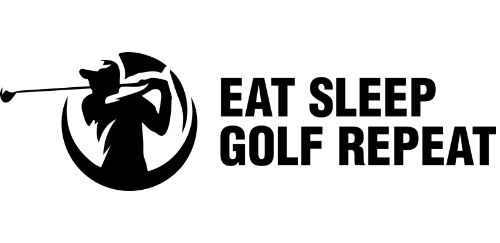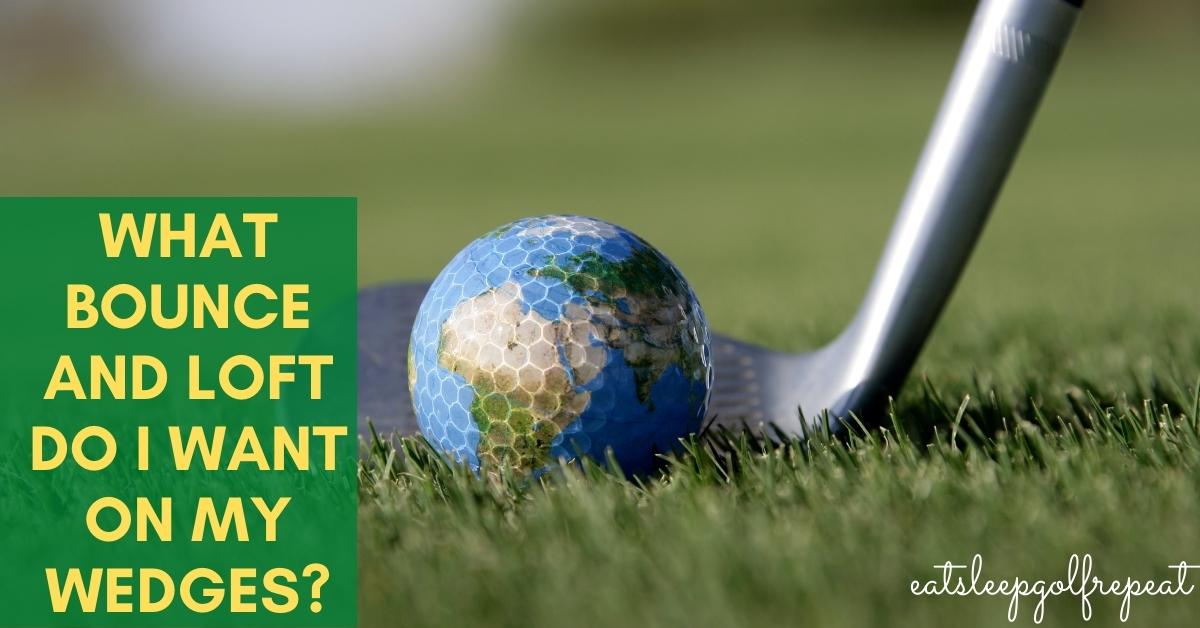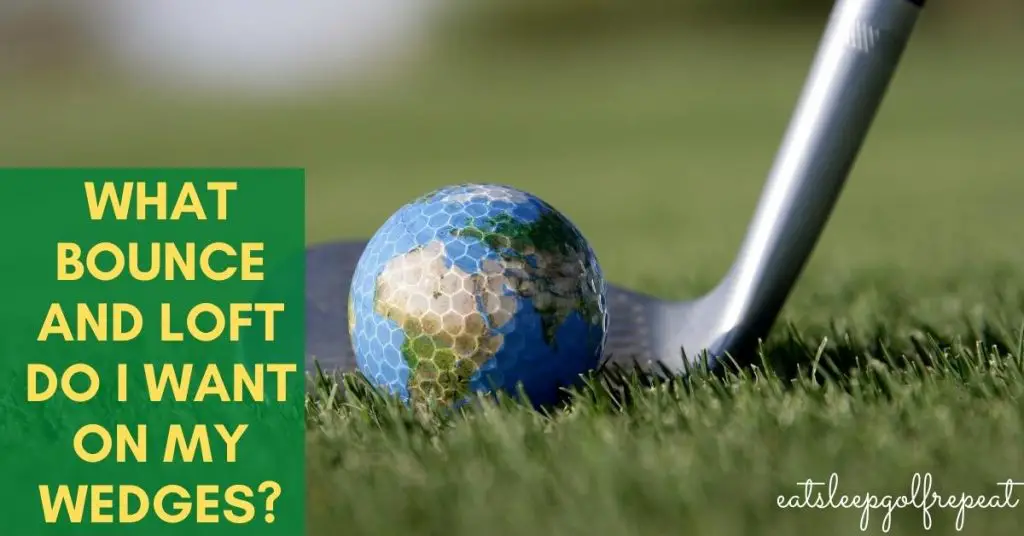
What Bounce and Loft Do I Want on My Wedges?
When looking for the best golf wedges for your game, choosing the best golf club to improve pitching and chipping is not always straightforward, here are several factors to consider.
Such as price, shaft type, finish of the wedge, angle and bounce angle.
In this article we are going to look at what bounce and loft do I want on my wedges.
One of the most important factors to consider is the bounce angle of the wedges you choose, and this is something that nearly all beginners or amateur golfers overlook.
I recently bought and have been using the Callaway PM Grind, Read my review here.
Top Three Wedges
What is the Bounce Angle on a Wedge?
The bounce angle of a wedge determines how it bounces off the turf to prevent it digging into the ground when you’re hitting bump and run shots, pitching onto the green from distance or chipping directly around the green.
The bounce of any wedge is the section of the club’s head that comes into contact with the ground and comprises three distinct parts: the angle of the sole, the leading edge and the sole.
When choosing a wedge, you need to know which bounce option is best for your game.
What is your swing type or tendency, for example, you sweep the golf ball or you dig the golf ball when playing your shots?
A wedge with a higher bounce angle will help you if your style is to dig, and the club with less bounce will help if your style is to sweep.
My personal preference of bounce is, I like more bounce on my higher lofted clubs, like my 60-degree, so that the sole of the club bounces off the grass or sand, this means for me that I can be more aggressive with my wedge play, and it helps remove ‘most’ duff shots.
We classify the wedge bounce range into three groups: low, medium and high bounce wedges.
The bounce angle of a wedge is the difference between the angle of the club’s leading edge on its sole. The sole is the part of the wedge that comes into contact with the ground.
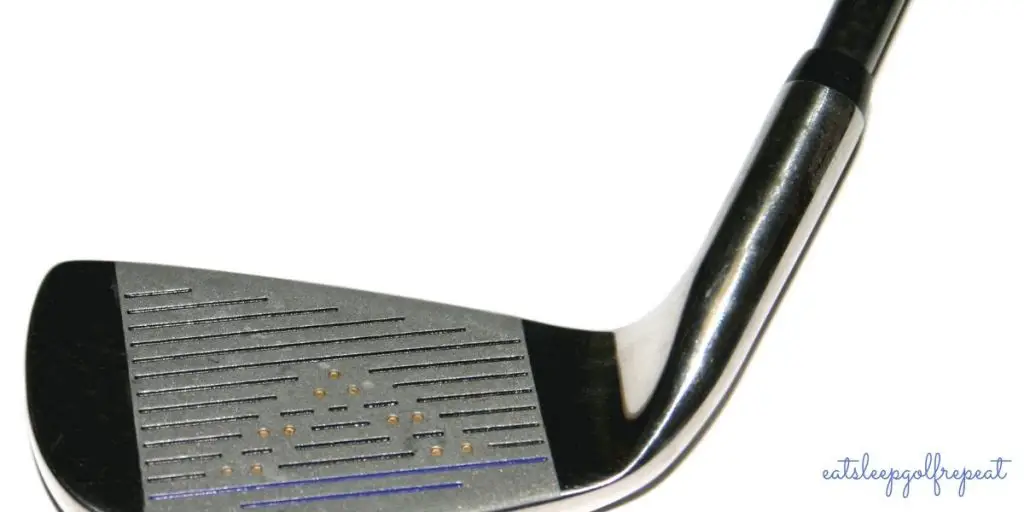
Low Bounce Wedges Explained
A typical low bounce wedge is between three and six degrees; they are designed to be used on firmer grasses and out of bunkers where the sand can be coarse or hard.
The lower bounce angle should contact the ball, giving golfers more precision in their short game.
For example, if you intend to hit higher flop shots from tighter lies around the green, you will need a lower bounce on the sole of your wedge.
Mid-Bounce Wedges Explained
Most mid-bounce wedges have a 7 to 10 degree; range, these are designed to be used in normal to firm conditions, most players will choose the mid-bound switch as it allows them to get different shots around the green, and can help with distance.
As a mid-bounce wedge offers more versatility to players, most players will keep one in their bag as they can use them for a wide variety of conditions when they are on the golf course.
I like to use this type of wedge when I am chipping around the green, I find I can control the ball better and understand how much roll out I will achieve.
High Bounce Wedges Explained
Most high bounce wedges will have angles of 10 or higher degree; they are designed for a lot of bunker shots or golf shots with softer lies and softer turf.
The most common example of a high bounce wedge is a sand wedge they will be designed to stop the leading edge of your wedge from digging too deep into the sand they’re also popular for players who use a steeper swing angle and as a result, dig up more turf.
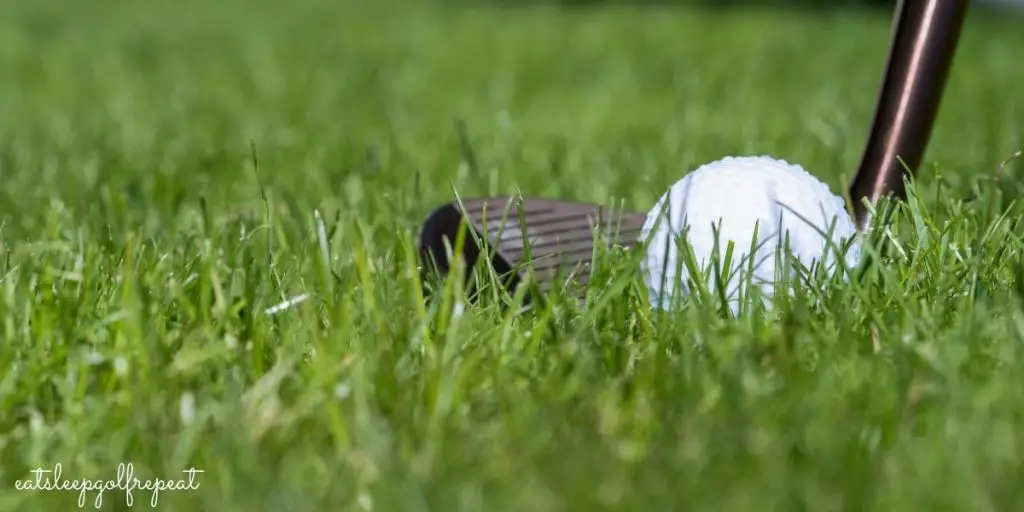
What are the Different Wedges?
We will discuss the main names of wedges; however, I must stress that these wedges are not normally referred to by the degree of loft. For instance, in my golf bag, I have four wedges, I have a pitching wedge which is 46 degrees of loft, I then have a 50-degree, 54 degrees and a 60-degree.
Normally golfers prefer to go up in 4 degrees of loft in their golf bag, but I decided on a 6-degree gap at the top of my golf clubbing because of what I like to use the 60-degree wedge for, which is bunker shots and high lofted shots which help the golf ball stop more quickly.
This is all personal preference and comes with experience.
The Pitching Wedge
Most common wedges on the market is a pitching wedge and they typically come as standard in every set of irons that are bought, pitching wedges are usually designed with a loft of 44 to 48 degrees.
They’re a multi-purpose club and can be used all around the green, or from within a distance of 100 to 140 yards usually, many golfers also use them around the green for longer chip shots.
The Gap Wedge
The gap wedges do exactly what their name describes; they fill a gap, they’re designed with a 50 to 53 degree loft.
Offering golfers an option between the 54 to 60 degrees of a typical lob or sand wedge and the 44 to 48 degree of your typical pitching wedge.
Most average golfers will use this wedge from 75 to 100 yards in the green, but they’re also helpful for chipping when you want a medium length. run out.
The Sand Wedge
Most people when they started playing golf could only identify their sand wedge with the letter ‘S’ imprinted on the sole.
If you asked them about bounce angle or loft, they would struggle to tell you.
They come in a range of anything from 54 to 58 degrees of loft and help golfers hit the ball and achieve a higher trajectory on the golf ball.
The Lob Wedge
Once again this is a club that does pretty much what it ‘says on the tin’ it enables golfers to loft their golf balls higher into the air and as a result land and help the golf ball much more quickly.
We usually use this wedge within 50 or 60 yards of the green and they typically come with a 60 to 64 degrees of loft.
How Do I Decide How Much Bounce I Want From My Wedges?
If you have a tendency to take shallow divots or play a course with tighter, tough conditions such as a links course, using lower bounce wedges may be advisable.
If you take deeper divots, or play on a course with softer underfoot conditions, choosing a high bounce wedge would be a good idea and plan for you.
Today most golfers play on a variety of different golf courses and want wedges suitable for many course conditions.
Choosing a wedge with a medium bounce angle will offer you more versatility and help you adapt to different playing conditions.
But experts will tell you that your best approach is to have one high bounce and one low bounce wedge in your bag.
Conclusion
Now that you understand the term bounce, you’re ready to invest in some new wedges. In all honesty, most of the major brands such as TaylorMade, Callaway and Titleist all make high-quality wedges, companies such as Cleveland are a wedge specialist.
There are so many good wedges out on the market that I buy a new wedge on feel and how it looks for me.
In the past, I have used Titleist, Mizuno, Callaway and Ping Wedges. I am currently using the Titleist Vokey SM8 and the Callaway PM Grind 19 Tour.
Because of more intense competition in the golf market, golf wedges are quite competitively priced. Golfers have the option of purchasing multiple wedges and trying out different sole grinds and bounces to ensure you have the club and that suits your game and the course you’re paying on.
